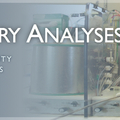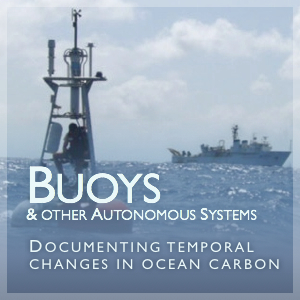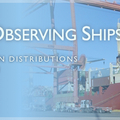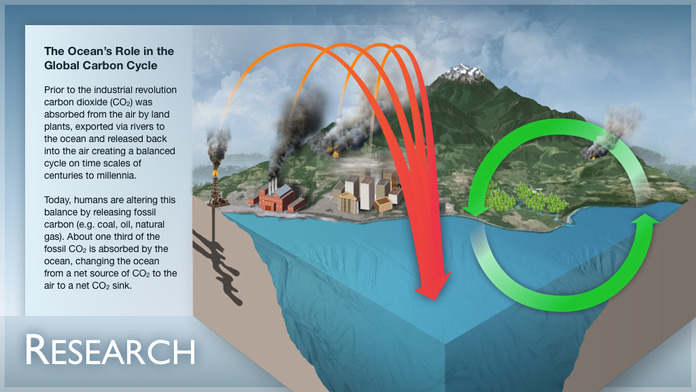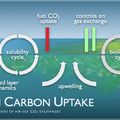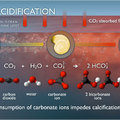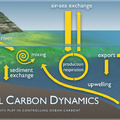NOAA MISSION: To understand and predict changes in Earth’s environment and conserve and manage coastal and marine resources to meet our Nation’s economic, social, and environmental needs
The ocean plays a critical role in the global carbon cycle as it is a vast reservoir of carbon, naturally exchanges carbon with the atmosphere, and consequently takes up a substantial portion of human-released (anthropogenic) carbon from the atmosphere. This accumulation of carbon in the ocean may also be impacting marine life through a process known as ocean acidification. Although the anthropogenic CO2 budget for the 1980s and 1990s, has been investigated in detail (e.g. Prentice et al., 2001), the estimates of the oceanic sink in the 1990s and early 2000s were not based on direct measurements of changes in the oceanic inorganic carbon.
The Global Ocean Data Analysis Project (GLODAP) project compiled and rigorously quality controlled an international data set of ocean interior carbon data collected in the 1990s. Taro Takahashi (Lamont Doherty Earth Observatory) has also been compiling 30 years worth of surface ocean CO2 observations to generate a global CO2 flux climatology. These data have greatly improved our understanding of the spatial distributions of natural and anthropogenic carbon in the ocean and are being used to examine the mechanistic controls on ocean carbon distributions.
The single snapshot of the ocean provided by the GLODAP and CO2 flux products are not ideal for understanding the temporal patterns of variability in ocean uptake and storage. The most important component of an assessment of ocean biogeochemical change, whether of natural or anthropogenic origin, is high-quality observations. The GLODAP and Takahashi data sets provides important points of reference for ocean carbon studies, but many other useful data sets exist or are being collected which have not been analyzed in such a context because there has not been a coordinated effort to bring these data together and no data management system to make navigation and exploitation of these data convenient. For example, the NOAA Ocean Observing and Monitoring Division's Carbon Network (hydrographic sections, underway pCO2, and CO2 moorings) is a valuable contribution to the Global Ocean Observing System (GOOS) and Global Climate Observing System (GCOS). It is not sufficient, however, simply to collect and archive the data, if we expect the data to improve our understanding of the global carbon cycle and the role of the ocean in a changing climate. We must not only collect the data, but also turn them into meaningful products that decision makers and the public can use to make informed decisions about current and future CO2 emissions.
MISSION STATEMENT
The goal of the PMEL Carbon Program is to make and use high-quality ocean carbon measurements to generate products that are useful for scientists and the public for understanding the ocean carbon cycle and how it is changing over time. This effort ranges from ensuring that the observations are of the highest quality and are mutually consistent with each other to combining the observations into a common data set that is available and easy for the community to use and explore to evaluating the time rate of change in global ocean carbon uptake and storage. We work to bring together ocean carbon measurement experts, information technology experts and data managers to ensure the most efficient and productive processing possible for ocean carbon observations.


